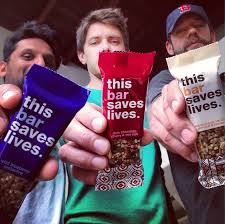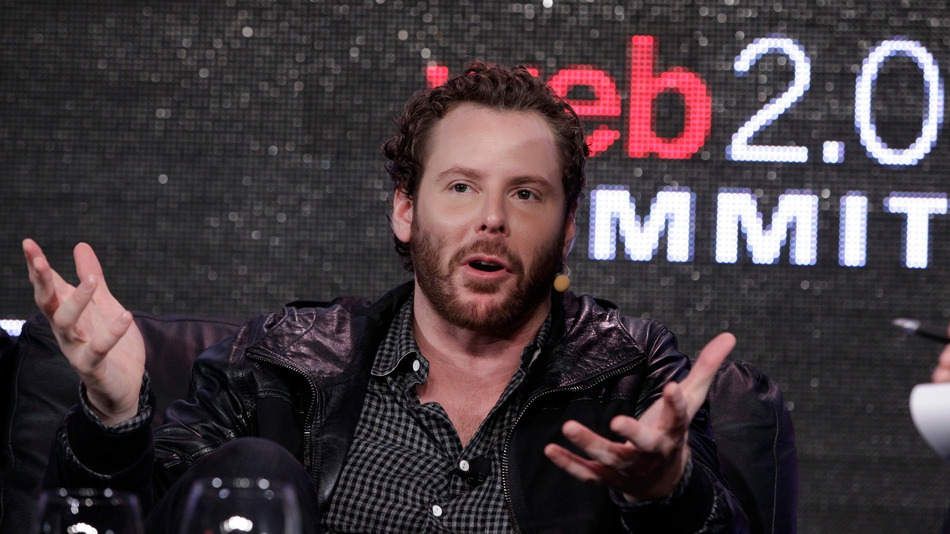Government Grants
Business Grants
Home Owner Programs
Federal Programs
About Us
Identifying and Applying Engineering With Nature® (EWN) Solutions to Inland Locations of the Central United States
The following objectives are required for this CESU-funded project, which is to understand agricultural processes, inland rivers/reservoirs water quality, weather impacts, and energy-water nexus of the Central US.
Year one (1) will establish the initial structure of the project and includes tasks
that support the following objectives.
If funded, year two (2) and year (3) would continue to expand major elements of the project and build a diverse portfolio of collaborative EWN projects and engagements.
Objective 1:
Establish Collaborative EWN R&D Enterprise for understanding inland systems in the Central US.
This objective prioritizes and subsequently builds a suite of diverse, collaborate R&D projects that expands current research efforts within EWN portfolio.
Specifically, these projects will offer insight with respect to:
(1) EWN opportunities in the Great Plains Region; (2) EWN opportunities in the agricultural sector; (3) EWN solutions to address hydrologic challenges in inland rivers and reservoirs; (4) assessing the role and impact of weather extremes and global climate change on EWN projects; (5) assessing the direct or indirect water quality benefits of EWN projects; and (6) assessing EWN opportunities in the energy-water nexus.
The breadth of projects is strengthened by the caliber of multi-disciplinary researchers that integrate capabilities, resources and expertise to target very deliberative endpoints that advance EWN research.
During the first year, it is anticipated that researchers associated with USACE and the selected team will initiate 3-5 R&D EWN projects, which ultimately lead to expanded technology transfer opportunities.
Objective 2:
Identify and Pursue EWN Field-Demonstration Projects.
Demonstrations are applied research projects critical to the overall success of an EWN solution.
As such, this objective seeks to establish field-demonstration projects that integrate research projects with a diverse number of collaborators, in addition to the core participants (i.e., members of the successful team and USACE’s EWN researchers).
Demonstration projects could include, for example, an EWN pilot demonstration project to address hydrologic challenges in inland rivers and reservoirs.
Selection and/or prioritization of demonstration projects would be determined based on a system-level opportunity assessment and/or restrictions as well as other considerations specific to environmental conditions; collaboration with partners; suitability for monitoring and modeling; access to informative data (existing and acquired); public interest; input of collaborative funding, etc.
It is expected that 2 to 3 field demonstration projects will be identified and actively pursued in the first year.
Objective 3:
Launch and Operate EWN Communication Platform for Enhanced Public Communication.
A successful communication platform will result in the timely delivery of informational products and/or engagements across the EWN network.
This objective seeks to optimize and integrate the collaborators’ proven methods of delivering products and/or successful engagements that advance EWN strategic outcomes for the public benefit.
Example products include, but are not limited to:
workshops, symposia, news articles, videos, documentaries, graphics, reporting of case studies, technical notes, journal articles, etc.
The selected team will work with EWN leadership and researchers to prepare most (if not all) of the referenced products.
During the first year, it is expected that a minimum of 2 workshops/symposia, 1 video, 2 or 3 tech notes and 2 journal articles will be produced through a highly successful collaboration.
The products derived from this collaboration are expected to generate EWN educational and public outreach opportunities.
A successful application would likely include a team of investigators with knowledge in a broad array of disciplines including, but not limited to agricultural science and engineering, biogeochemistry, stream and wetland restoration, numerical modeling, water quality monitoring, ecosystem restoration, and hydrodynamics and sediment transport modeling.
Additionally, experience should include, but not be limited to the following:
Engineering With Nature®; development, design, and implementation of nature-based strategies in inland settings; ecological monitoring and modeling of restoration projects; incorporating human-use benefits into infrastructure projects; beneficial use of dredged sediment; quantifying benefits derived from restoration projects; and modeling of riverine and reservoir systems.
Year one (1) will establish the initial structure of the project and includes tasks
that support the following objectives.
If funded, year two (2) and year (3) would continue to expand major elements of the project and build a diverse portfolio of collaborative EWN projects and engagements.
Objective 1:
Establish Collaborative EWN R&D Enterprise for understanding inland systems in the Central US.
This objective prioritizes and subsequently builds a suite of diverse, collaborate R&D projects that expands current research efforts within EWN portfolio.
Specifically, these projects will offer insight with respect to:
(1) EWN opportunities in the Great Plains Region; (2) EWN opportunities in the agricultural sector; (3) EWN solutions to address hydrologic challenges in inland rivers and reservoirs; (4) assessing the role and impact of weather extremes and global climate change on EWN projects; (5) assessing the direct or indirect water quality benefits of EWN projects; and (6) assessing EWN opportunities in the energy-water nexus.
The breadth of projects is strengthened by the caliber of multi-disciplinary researchers that integrate capabilities, resources and expertise to target very deliberative endpoints that advance EWN research.
During the first year, it is anticipated that researchers associated with USACE and the selected team will initiate 3-5 R&D EWN projects, which ultimately lead to expanded technology transfer opportunities.
Objective 2:
Identify and Pursue EWN Field-Demonstration Projects.
Demonstrations are applied research projects critical to the overall success of an EWN solution.
As such, this objective seeks to establish field-demonstration projects that integrate research projects with a diverse number of collaborators, in addition to the core participants (i.e., members of the successful team and USACE’s EWN researchers).
Demonstration projects could include, for example, an EWN pilot demonstration project to address hydrologic challenges in inland rivers and reservoirs.
Selection and/or prioritization of demonstration projects would be determined based on a system-level opportunity assessment and/or restrictions as well as other considerations specific to environmental conditions; collaboration with partners; suitability for monitoring and modeling; access to informative data (existing and acquired); public interest; input of collaborative funding, etc.
It is expected that 2 to 3 field demonstration projects will be identified and actively pursued in the first year.
Objective 3:
Launch and Operate EWN Communication Platform for Enhanced Public Communication.
A successful communication platform will result in the timely delivery of informational products and/or engagements across the EWN network.
This objective seeks to optimize and integrate the collaborators’ proven methods of delivering products and/or successful engagements that advance EWN strategic outcomes for the public benefit.
Example products include, but are not limited to:
workshops, symposia, news articles, videos, documentaries, graphics, reporting of case studies, technical notes, journal articles, etc.
The selected team will work with EWN leadership and researchers to prepare most (if not all) of the referenced products.
During the first year, it is expected that a minimum of 2 workshops/symposia, 1 video, 2 or 3 tech notes and 2 journal articles will be produced through a highly successful collaboration.
The products derived from this collaboration are expected to generate EWN educational and public outreach opportunities.
A successful application would likely include a team of investigators with knowledge in a broad array of disciplines including, but not limited to agricultural science and engineering, biogeochemistry, stream and wetland restoration, numerical modeling, water quality monitoring, ecosystem restoration, and hydrodynamics and sediment transport modeling.
Additionally, experience should include, but not be limited to the following:
Engineering With Nature®; development, design, and implementation of nature-based strategies in inland settings; ecological monitoring and modeling of restoration projects; incorporating human-use benefits into infrastructure projects; beneficial use of dredged sediment; quantifying benefits derived from restoration projects; and modeling of riverine and reservoir systems.
Related Programs
Basic, Applied, and Advanced Research in Science and Engineering
Department Of Defense
Agency: Department of Defense
Office: Engineer Research and Development Center
Estimated Funding: $2,250,000
Office: Engineer Research and Development Center
Estimated Funding: $2,250,000
Who's Eligible
Obtain Full Opportunity Text:
http://www.eda.gov/PDF/FY11%20Flood%20and%20Storm%20Supp%20FFO.pdf
Additional Information of Eligibility:
Non-federal partners of the Great Plains Region Cooperative Ecosystems Studies Unit (CESU)
Full Opportunity Web Address:
http://www.eda.gov/PDF/FY11%20Flood%20and%20Storm%20Supp%20FFO.pdf
Contact:
Agency Email Description:
leah.b.cobb@usace.army.mil
Agency Email:
Date Posted:
2021-03-11
Application Due Date:
Archive Date:
2021-06-09
Social Entrepreneurship
Spotlight
A Bar That Saves Children’s Lives

Ryan Devlin, Todd Grinnell and Ravi Patel have traveled to Africa on a humanitarian trip a few years back, encountering children suffering from severe malnutrition get healthy through Plumpy’Nut®.

